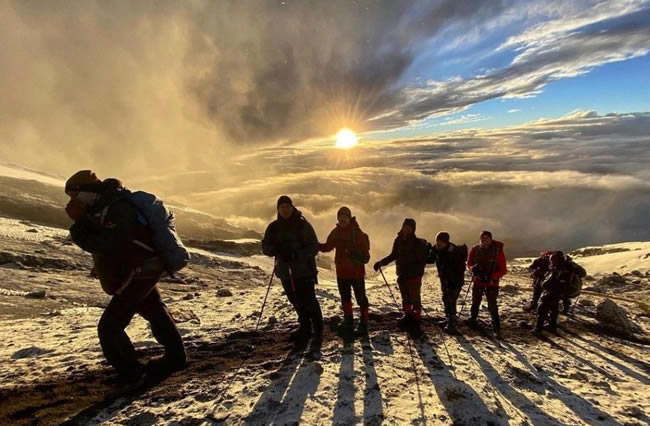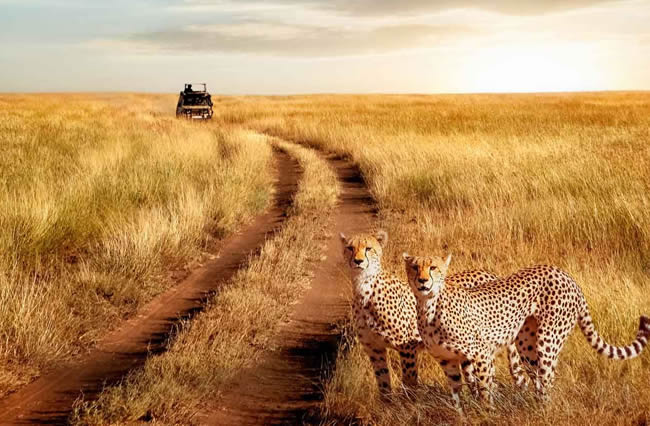Tanzania Safaris
Tanzania in East Africa is one of Africa’s leading safari destinations, offering a diversity of tourist attractions that are beyond compare. Tanzania lies along the eastern coastline of Africa and is comprised of diverse landscapes, from the iconic plains of the Serengeti to the imposing mountain peak of Kilimanjaro and the untouched beaches of Zanzibar.
Tanzania boasts a favorable climate throughout the year, making the country ideal for safari adventures and other outdoor activities. Tanzania is also home to a range of ecosystems, such as savannahs, forests, mountains, and coastal regions, each of these presenting distinct opportunities for exploration and adventure.

The wildebeest migration in Tanzania
One of the most prominent wildlife event in both Tanzania and globally is the Great Wildebeest Migration.
This is a very special phenomenon that shows off millions of wildebeest, zebras, and gazelles traversing the plains of Serengeti National Park and the Masai Mara National Reserve in Kenya searching for fresh grazing grounds and water sources. Their migration is influenced by instinct and the seasonal rains, with the angulates navigating dangerous river crossings while evading their predators, including lions, and crocodiles en route. Travelers on Tanzania wildlife safaris at Serengeti witness this unique event that is full of drama and awe.
The best Tanzania national parks to visit
Tanzania is home to several famous national parks and conservation areas, that offer a variety of safari experiences. These include;

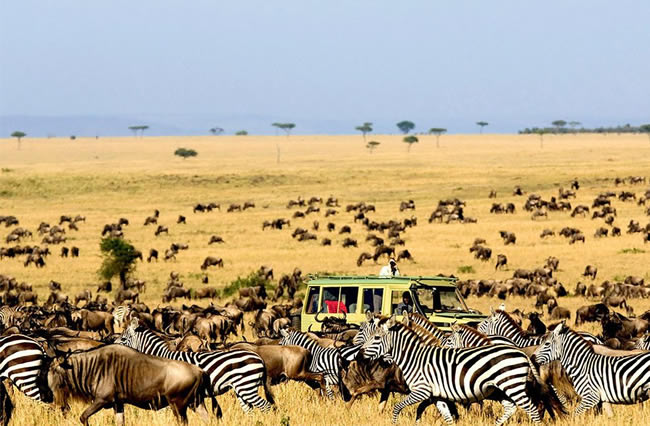
Serengeti National Park
Serengeti National Park in northern Tanzania is one of Africa’s renowned wildlife reserves that spans about 14,750 square kilometers. Serengeti National Park is about 335 kilometers northwest of Dodoma, Tanzania’s capital. Serengeti boasts vast plains, stunning landscapes, and a wide range of wildlife species. Serengeti is positioned in the East African Rift valley and stretches from the Serengeti Plateau to the Kenya border, forming an important part of the greater Serengeti ecosystem, that includes several other reserves and conservation areas.
Serengeti National Park houses about 90 mammal species and 500 recorded bird species. The mammals include the African big five—lion, leopard, rhino, elephant, and buffalo. Other mammals include the zebra, wildebeest, giraffe, and others. The birds include ostrich, flamingo and Egyptian goose among others. The most iconic tourist attraction is the annual Great migration, involving millions of wildebeest, zebras, and gazelles traversing the plains in search for fresh grazing areas. This is one of the world’s awesome natural events that attract thousands of tourists every year. Serengeti has amazing physical features like the remarkable rock formations of Seronera Valley, the imposing granite outcrops called Kopjes, and the tranquil waters of Grumeti and the Mara rivers, that attract wildlife while offering prime viewing opportunities to travelers.

Tarangire National Park
Tarangire National Park in the northern circuit of Tanzania, is approximately 325 kilometers north of Dodoma and spans about 2,850 square kilometers. Tarangire National Park is endowed with breathtaking scenery and is habitat to about 50 mammal species and 550 bird species The mammals comprise an impressive number of elephant herds that roam freely amidst the famous baobab trees and acacia woodlands. Besides the elephant, there are 4 other members of the African big five including the lion, leopard, buffalo and hippo. Other mammals include the cheetah, hyena, Temmink’s mouse and Neumann’s grass rat among others. The birds comprise of bushshrike, cuckooshrike, wattle eye, pygmy falcon, and superb starling among others.
obviously, the most explored tourist attraction at Tarangire National Park is the iconic baobab tree, which stand sentinel-like across the savannah. The Tarangire river is another main tourist attraction that flows through the park. This is an important source of water during the dry season and attracts plenty of wildlife, ranging from herds of elephants and zebras to prides of lions and leopards. Tarangire offers various activities that include game drives, guided walks, and cultural tours among the local people among others.

Ngorongoro Conservation Area
Ngorongoro Conservation Area is located in northern Tanzania and spans approximately 8,292 square kilometers. Ngorongoro Conservation Area is a UNESCO World Heritage Site and among Africa’s most amazing natural wonders that has the Ngorongoro Crater at its centerpiece. The crater’s rim rises about 2,400 meters above sea level, providing a cool, misty climate in comparison to the surrounding plains. It is situated within the eastern arm of the Great Rift Valley, offering breathtaking views of its diverse ecosystems. Ngorongoro is 421 kilometers north of Dodoma and can be accessed by both road and air.
Ngorongoro boasts a myriad wildlife species, with at least 25,000 large wild animals comprising the lion, elephant, buffalo, endangered black rhino, hyena, wild dog, cheetah, wildebeest, zebra, and giraffe among others. The crater supports over 500 bird species including the Speke’s weaver, crowned lapwing, Augur buzzard and variable wheatear among others. Travelers on Tanzania safaris can engage in birdwatching, and game drives within the crater. They can also witness the thrilling drama of the annual wildebeest migration, as well as cultural encounters with the Maasai people, who coexist with the wildlife at Ngorongoro.
Types of safaris in Tanzania
Tanzania offers a variety of safari experiences tailored for each and every traveler from all over the world. these include among others;
Flying safaris
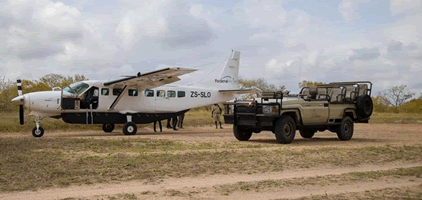
Flying safaris are ideal for travelers seeking more convenient and panoramic views while also traveling between safari destinations much faster to maximize their tour experiences. Tanzania flying safaris present unique and exhilarating ways to tour the diverse landscapes and wildlife species of the country. Visitors on flying safaris use light aircraft to move over vast distances in relatively short times. There are quite a number of convenient airstrips near many of Tanzania’s top safari sites, such as Serengeti, Ngorongoro Crater, Tarangire, and Selous Game Reserve.

Beach safaris in Zanzibar
Zanzibar beach safaris combine the thrill of safari adventures with the tranquility of tropical beaches. Zanzibar is an archipelago off the coast of Tanzania and is famous for its virgin beaches, blue waters, and rich cultural heritage. The beaches also comprise powdery white and crystal-clear waters, providing the best setting for a variety of activities including sunbathing, swimming, snorkeling and diving among many others.
Some of the most popular beach safari sites include Nungwi, Kendwa, and Paje. Nungwi, is situated on the northern tip of Zanzibar and boasts beautiful beaches lined with palm trees and traditional dhow boats. Travels desiring water sports will have so much fun in this place, besides engaging in snorkeling, diving, and sailing. Kendwa, close to Nungwe offers a more laidback atmosphere, suitable for those seeking relaxation and tranquility. Also, Paje, on the south coast is famous for its active kiteboarding scene besides the stretches of powdery white sand.

Balloon safaris
These are unique experiences that provide a bird’s-eye view of the Serengeti plains starting at dawn. Visitors can use this opportunity for photography while experiencing the serenity of the Tanzanian atmosphere. Visitors are allowed the perfect opportunity to witness the African savannah with its variety of wildlife species including wildebeest and zebra, giraffe, elephants, lions, cheetahs and others.

Hiking safaris
For adventurous travelers, Tanzania offers some of the world’s most thrilling hiking safaris. Mount Kilimanjaro in particular offers a challenging yet rewarding hiking tour through diverse climatic zones and breathtaking scenery. Hiking Mount Kilimanjaro offers multiple routes that cater to various skill levels and the hiker’s preferences.
From the Machame and Marangu to the relatively challenging Lemosho and the northern circuit routes hikers will experience the thrill of the hike. Besides Kilimanjaro, Tanzania hiking tours can be done at Usambara Mountains in northeastern Tanzania and the Ngorongoro highlands. Also, there are remote and rugged terrains of the Ruaha and Selous Game Reserves that offer opportunities for hiking safaris.

Wildlife viewing safaris
Tanzania offers some of the most exciting wildlife viewing safaris occurring in a variety of beautiful national parks and game reserves throughout the country. Among the most famous wildlife viewing sites include the Serengeti National Park, known for its vast plains and the annual wildebeest migration, and the Ngorongoro Conservation Area.
Another key wildlife viewing destination is Tarangire national Park, popular for its numerous herds of elephants. Selous Game Reserve is one of the largest protected areas in Africa with diverse habitats and abundant wildlife is another wildlife viewing destination.

Birdwatching safaris
Tanzania offers birdwatchers unique experiences, thanks to diverse habitats that support over 1,100 bird species. Birdwatching safaris in Tanzania is mostly done in various national parks, conservation areas, and remote wilderness areas countrywide.
The key destinations for birdwatching safaris include Serengeti National Park, and Ngorongoro Conservation Area. Moreover, the lush forests of the Eastern Arc Mountains and the remote woodlands of Ruaha and Selous Game Reserves offer some of the best opportunities to spot both endemic and migratory bird species. In addition, the coastal areas of Zanzibar and Pemba Islands are havens for birdwatchers, with coastal wetlands and mangrove forests supporting diverse bird species.
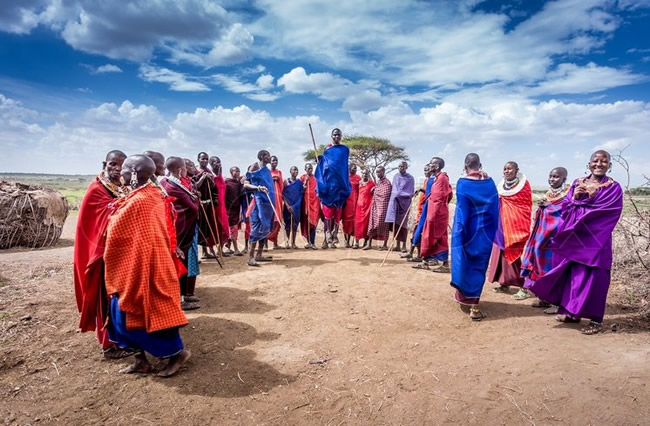
Cultural safaris
Tanzania cultural safaris offer unique exploration into the rich and diverse cultural tapestry of the country’s indigenous people.
These safaris provide visitors with the perfect opportunity to interact with unique ethnic groups, each with their own traditions, languages and ways of life. These range from the Maasai in the north to the Hadzabe in the central region and the Swahili along the coast. Cultural safaris here usually occur in rural areas and traditional villages scattered throughout the country.
Visitors can engage in authentic experiences like exploring Maasai bomas, gaining insight regarding traditional hunting techniques with the Hadzabe, or exploring the historical stone in Zanzibar. The latter is a UNESCO World Heritage Site known for its blend of Arab, Indian, European and African influences.
The best time for taking a Tanzania safari
Timing your Tanzania safaris can significantly impact your experience and largely depends on a variety factors, including wildlife migrations, weather conditions, and personal preferences. The dry season experienced in the months of June to October is believed to be the best time for viewing wildlife.
During this time, the wild animals gather around scares water sources hence making it relatively easier for visitors to spot. However, this causes overcrowding of travelers in the wildlife destinations so you need to make advanced bookings.
On the other hand, the wet season from the month of November to May offers luxurious landscapes but fewer tourists thus an ideal time for birdwatchers and budget conscious travelers. Though this period is characterized by muddy and slippery roads, it also offers the advantage for spotting the great migration.

